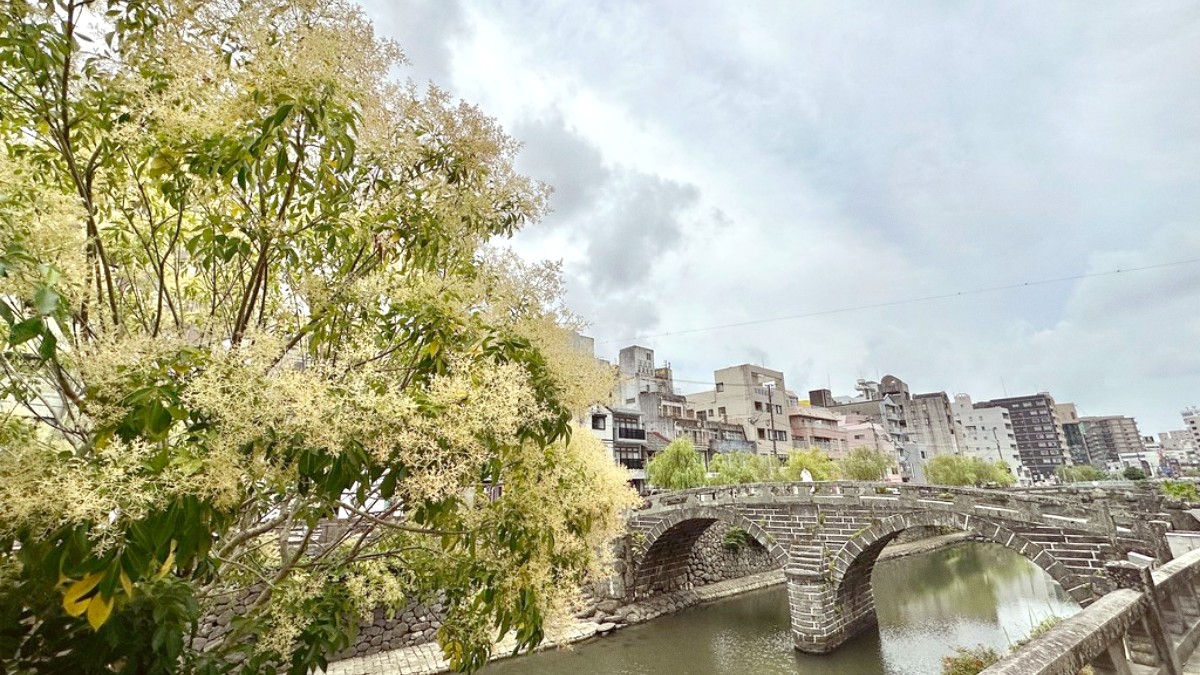
Kyushu, Japan
Nagasaki's cuisine has a profound historical context. As Japan's only open port during the Edo period, Nagasaki absorbed culinary influences from China, Portugal, and the Netherlands. This unique fusion created distinct dishes not found elsewhere in Japan.
Given its coastal location, seafood is a prominent ingredient. Pork and chicken are also widely used. Vegetables feature prominently. Flavors tend to be rich and savory, a result of the blending of different culinary traditions. You will taste an unique combination of Japanese umami, Chinese seasoning, and subtle European elements.
Say "Itadakimasu" before eating and "Gochisousama deshita" after. Slurping noodles is acceptable and a sign of enjoyment.
Do not stick chopsticks upright in rice. Never pass food directly from chopstick to chopstick. Use communal serving chopsticks or turn your own around for shared plates.
Eating or drinking while walking in public is generally impolite. Seek a designated eating area or bench. Tipping is not customary in Japan.
A hearty noodle dish with Chinese influence. Thick noodles, seafood (prawns, squid, clams), pork, and stir-fried vegetables. All simmer in a rich pork or chicken broth.
Find in Shinchi Chinatown; famous shops include Shikairo and Korakuen.
"Crispy noodle dish," a dry Champon. Crispy fried thin noodles or thicker soft noodles, topped with stir-fried seafood, pork, and vegetables in a thick, savory sauce. Contrasting textures.
Widely available in restaurants that serve Champon.
A traditional Nagasaki sponge cake, Portuguese missionaries introduced it in the 16th century. Sweet, moist, known for simple yet rich flavor. Made without butter or oil, with eggs, flour, sugar, and mizuame.
Famous brands like Fukusaya, Shokando, and Bunmeido have shops city-wide and at Nagasaki Station. Excellent souvenirs.
Sake: Japan's iconic rice wine. Shochu: Distilled spirit, popular in Kyushu, made from sweet potato, barley, or rice. Local craft beers are also gaining popularity.
Local teas (green tea, hojicha), various soft drinks from vending machines, and refreshing fruit juices.
Nagasaki has several high-end restaurants, often specializing in local seafood, multi-course Japanese (kaiseki) cuisine, or unique Shippoku Ryori experiences. These have refined dining experiences with impeccable service.
These are abundant throughout the city, with a variety of Japanese cuisine options like sushi, tempura, tonkatsu, and izakaya fare. You will also find various international cuisine options in this category.
Shinchi Chinatown for Champon, Sara Udon, Kakuni Manju. Convenience Stores (Konbini) for high-quality, affordable meals. Supermarkets for fresh produce. Donburi, Ramen, and Udon Shops for cheap, delicious bowls.
A food hall with various dining options, from casual eateries to cafes, along with souvenir shops selling local food products.
Good for quick meals and finding local delicacies to take home.
Smaller, neighborhood markets have fresh produce, seafood, and local delicacies. They are a glimpse into daily life.
Explore to see local ingredients and traditional market culture.
Strong presence due to historical ties, especially in Shinchi Chinatown.
Restaurants serving unique Japanese takes on Western dishes (like Turkish Rice).
Larger hotels often have more general international cuisine options.
Limited, but some global chain restaurants may exist.
Guaranteeing gluten-free meals can be difficult, as soy sauce (which contains wheat) is a staple in Japanese cooking.
Careful communication is necessary.
The best approach is to carry an allergy card written in Japanese, clearly stating your dietary needs. Show this to restaurant staff.
Look for restaurants that label ingredients or specialize in dietary options.
Directly ask restaurant staff about ingredients. Use simple, clear language. Be prepared for potential misunderstandings due to language barriers.
Casual eateries (ramen, udon shops) may have limited ingredient control. Higher-end restaurants might accommodate requests better with advance notice.
Some local tour operators or cooking schools in Nagasaki might have classes focusing on making Champon, Sara Udon, or other local dishes.
Tours exploring Shinchi Chinatown or local markets. These give guided tastings and insight into the city's food culture.
Opportunities for farm visits or tours of local food producers in the wider Nagasaki Prefecture, for specialty products.
Many mid-range to fine dining restaurants have private rooms suitable for business meetings or formal gatherings. Make reservations in advance.
Consider restaurants with diverse menus to accommodate different preferences.
Restaurants with harbor views or those in charming historic districts (like Minami-Yamate) set a romantic mood. High-end ryokans might offer private dining rooms.
Book early, especially for window seats or private rooms.
A rich noodle dish blending Chinese and Japanese influences, loaded with seafood and vegetables.
A soft, moist sponge cake introduced by the Portuguese, a popular sweet souvenir.
Crispy or soft noodles topped with a savory stir-fried mix of seafood, pork, and vegetables.
Exploring smaller, family-run eateries outside the main tourist zones can lead to unexpected culinary discoveries and a more authentic taste of local life.